The federal and state governments are like two gears in a machine, but they don't always mesh perfectly. The federal government handles big stuff—think wars and nationwide laws. States? They take care of local matters—education, health, you name it. Each has its powers and responsibilities, but they occasionally clash. Federal laws can trump state laws thanks to the Supremacy Clause. So, maneuvering through the differences can feel like a complicated family reunion. Curious about how this all plays out?

When it comes to government, understanding the difference between federal and state levels can feel like trying to untangle a giant ball of yarn. The federal government is like that overbearing parent who oversees everything from Washington, D.C., while state governments are more like the cool aunt who lets you stay up late but still has rules.
Both levels have their own executive, legislative, and judicial branches—so they're not that different, right? Wrong.
The federal government tackles national issues—think war declarations and regulating interstate commerce. State governments? They're busy managing things like education and public health. Let's be real: while the feds are declaring war, the states are figuring out why their school lunches taste like cardboard. Additionally, both levels of government share concurrent powers such as taxing and building infrastructure, ensuring a balance that prevents any one level from becoming too powerful.
The Constitution lays down the law—literally. The federal powers are spelled out, while the Tenth Amendment gives states their reserved powers. So, if it's not on the federal list, it's up for grabs for the states. Additionally, the Supremacy Clause ensures that federal laws take priority over state laws in case of conflict. Federal governments have specific powers that include collecting taxes and providing national defense, which are not typically managed at the state level.
The Constitution sets the rules: federal powers listed, while states grab what's left with the Tenth Amendment.
But watch out! The Supremacy Clause is lurking in the shadows, ready to swoop in when state laws conflict with federal laws.
Financially, it gets even messier. The federal budget is all about deficit spending and long-term plans, while states have to balance their budgets like a tightrope walker.
States use debt for capital projects, while the feds treat debt like it's on sale at a clearance rack. Federal funding often supports state programs, making it a tangled web of dependency.
And then there's lawmaking. Congress passes laws that impact the entire nation, whereas state legislatures create laws that might only matter to a few hundred thousand people.
It's kind of like a big, ugly family reunion—everyone has a say, but some voices echo louder than others.
In the end, the federal and state governments are like two sides of the same coin, endlessly spinning and sometimes clashing, but always trying to keep their balance.
Frequently Asked Questions
How Do Federal and State Governments Interact in Emergencies?
In emergencies, federal and state governments dance a complicated tango.
The feds step in, offering cash and programs, but only if the situation really calls for it. States, led by their governors, declare emergencies to kick things into gear. They can even tweak their own rules to respond faster.
It's a partnership, sort of, with the feds holding the purse strings while states run the show.
But watch out—conflicts can get messy.
Can States Create Their Own Currencies?
No, states can't just whip up their own currencies like it's a craft project. The federal government has that exclusive gig.
Sure, states can issue tokens or scrip for local use, but they can't pass them off as real money. Remember those wooden dollars in Tenino during the pandemic? Cute, but not legal tender.
What Powers Are Exclusive to the Federal Government?
The federal government holds some serious clout.
Think exclusive powers. It can declare war, regulate interstate commerce, and print money—yes, literally!
It's also the boss of immigration and naturalization. National defense? That's all on them, too, including the Army and Navy.
And let's not forget about foreign diplomacy and treaties. States can't really play in these big leagues.
They're left with the smaller stuff, while the feds call the shots on major issues.
How Are State Governments Funded?
State governments are funded through a mix of taxes, fees, and federal handouts.
Taxes? Oh yeah, they love collecting income, sales, and property taxes.
Then there are those intergovernmental transfers—almost 40% of their cash comes from Uncle Sam.
And let's not forget fees from tuition or tolls.
It's a patchwork of revenue sources, really.
Some states even rake in cash from oil or gas.
Just another day in the budget circus!
Can Federal Laws Override State Laws?
Yes, federal laws can totally override state laws. Thanks to the Supremacy Clause in the Constitution, if there's a clash, federal law wins. Think of it as the ultimate trump card.
Federal courts step in when states get too ambitious. Sure, states have their own laws, but if they try to go against federal rules, they're in trouble.

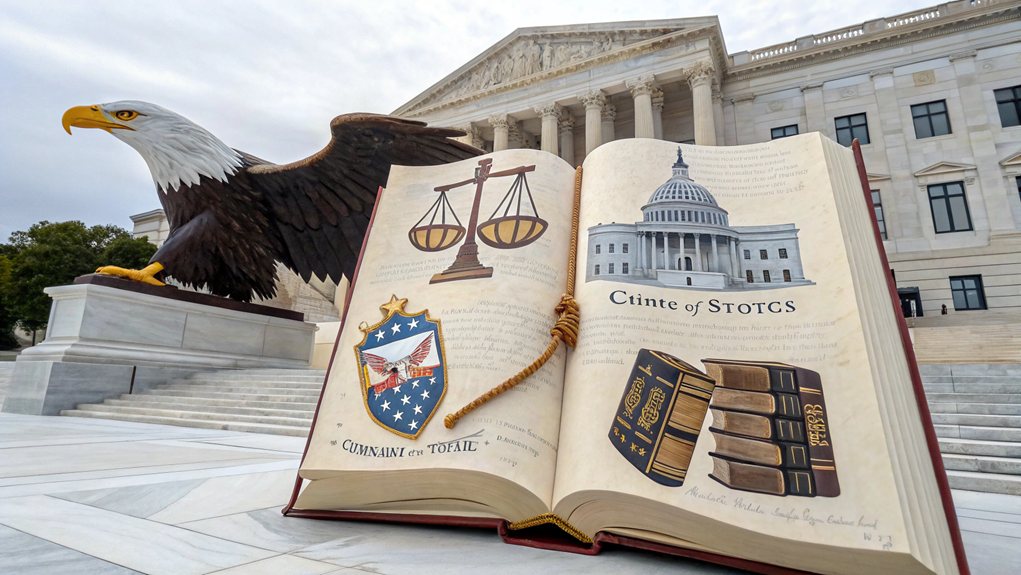

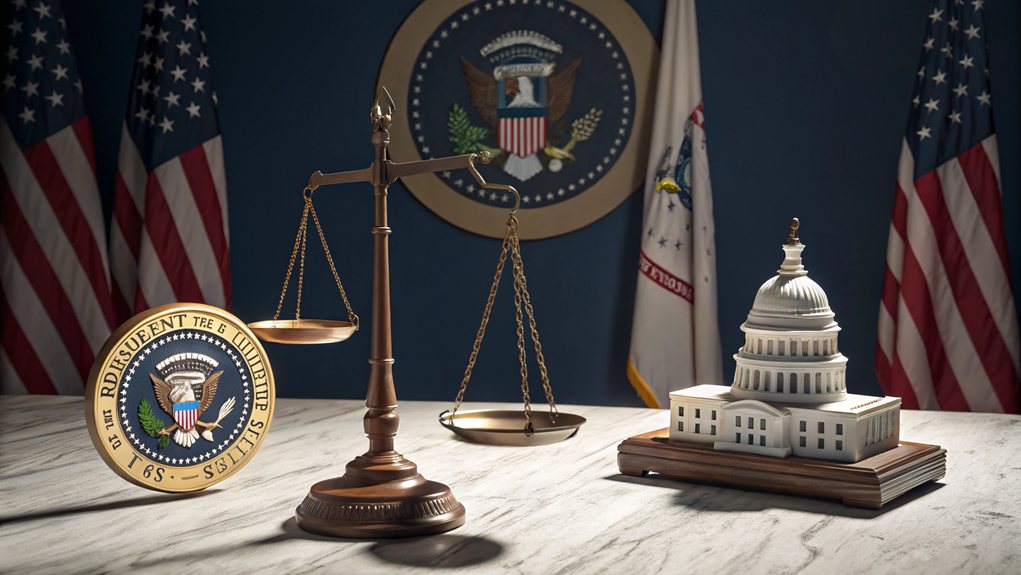
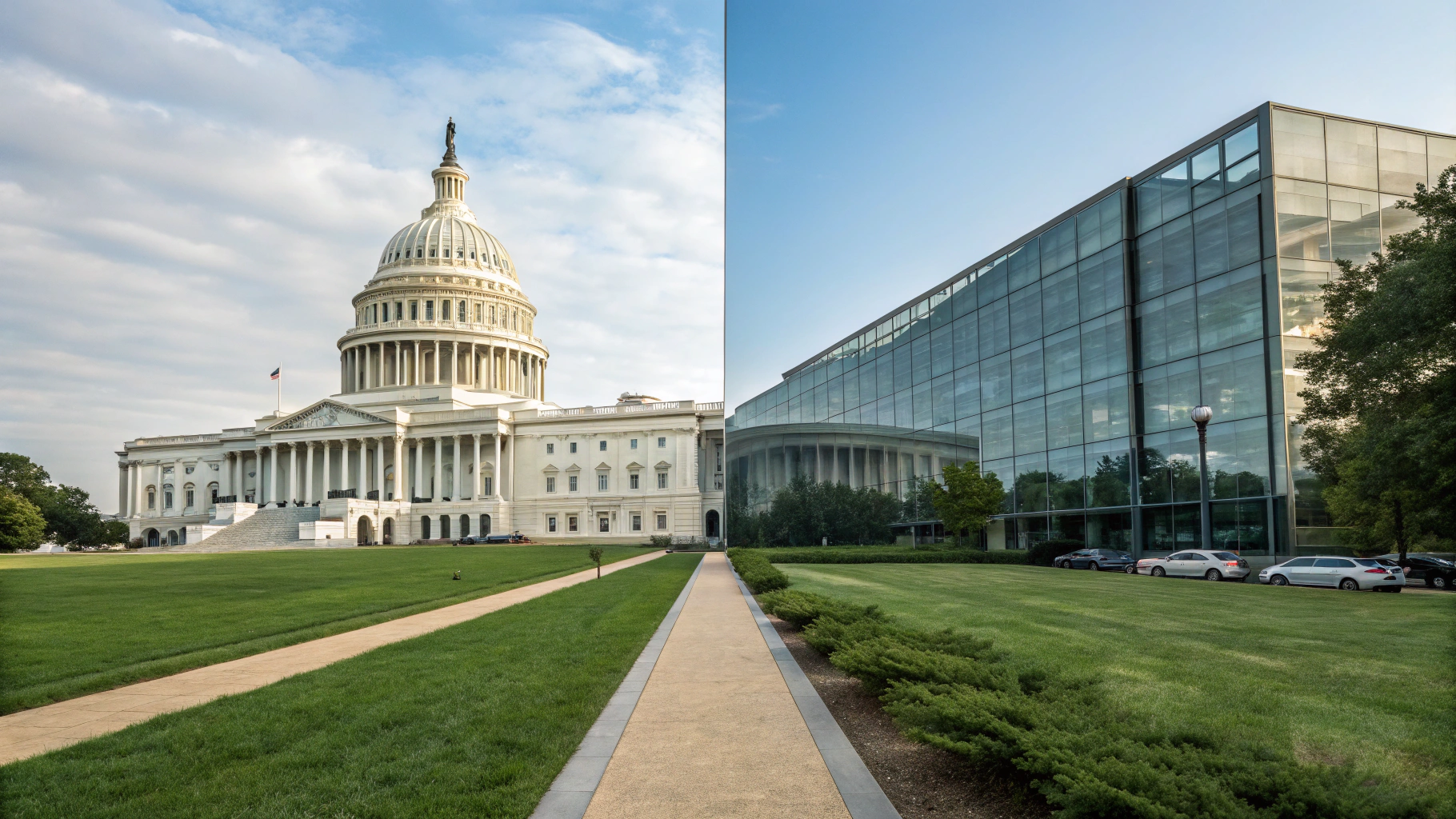
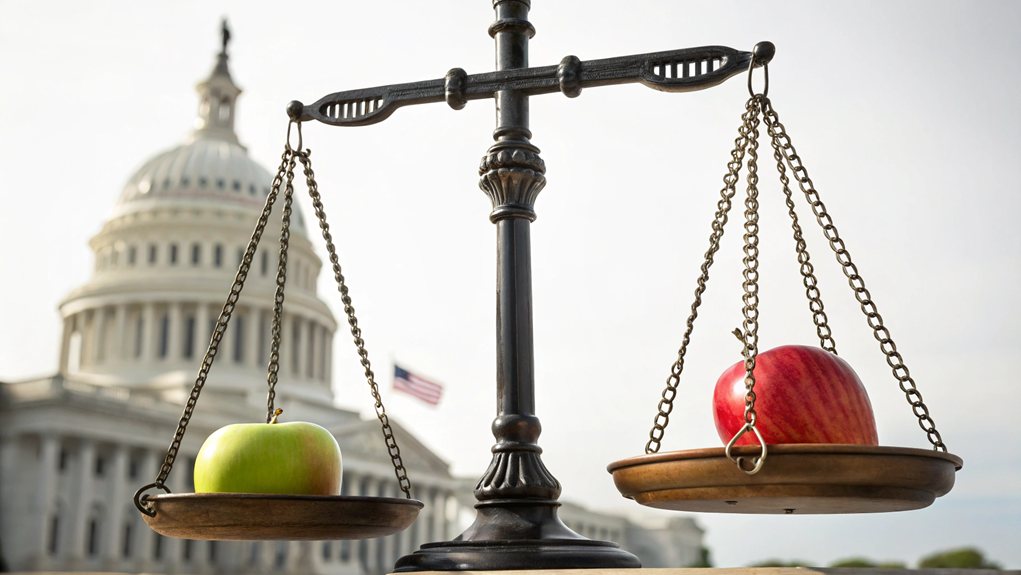

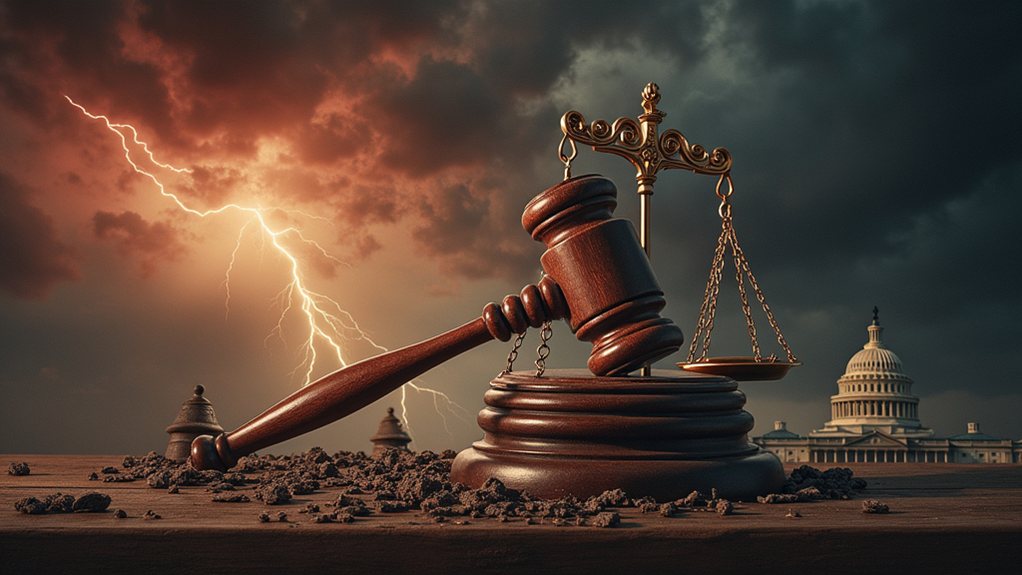

5 comments
Comments are closed.